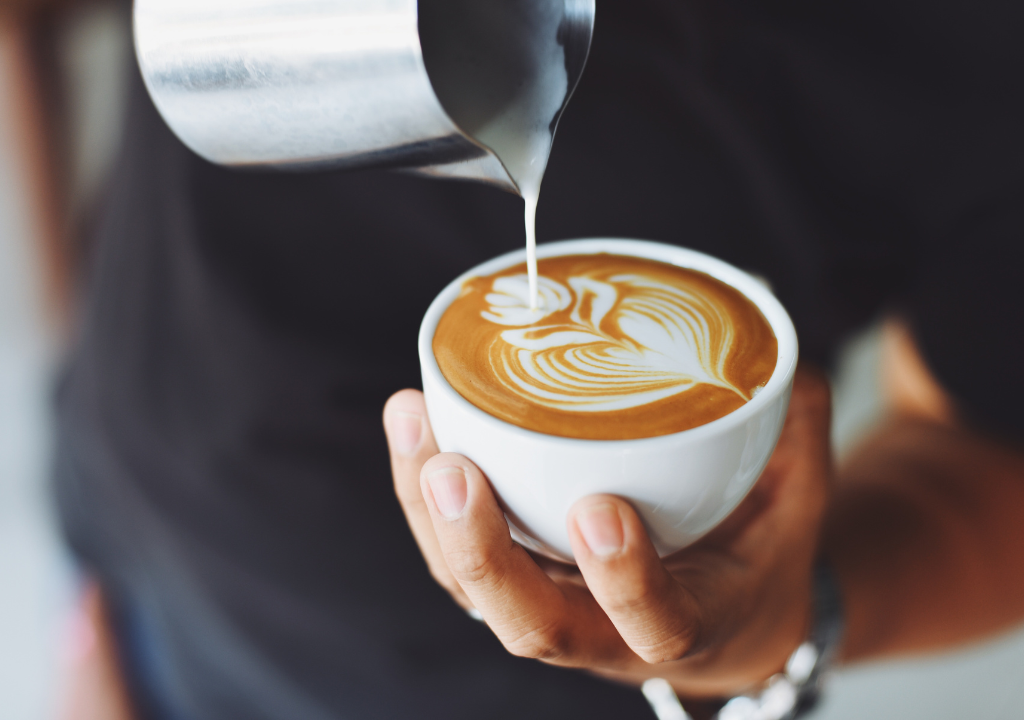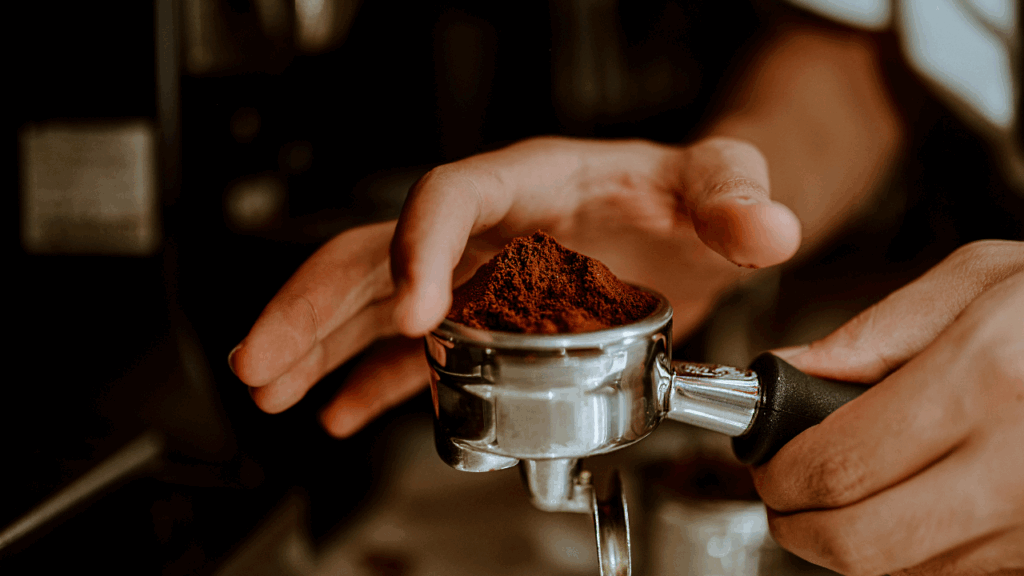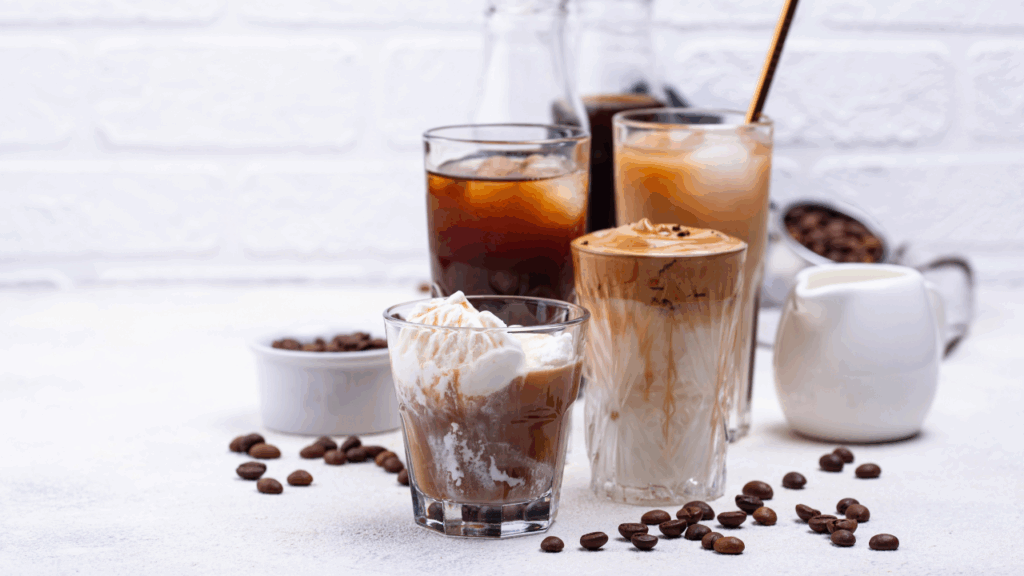Coffee in 2025: Still America’s Favorite Beverage

Summary
In 2025, coffee continues to be the most popular beverage in the U.S., with 66% of adults drinking it daily—more than any other drink. While economic pressures are shifting consumption from cafés to home, consumers, especially younger generations, are embracing personalized and experimental brews inspired by coffee shop favorites. Specialty coffee is seeing rapid growth, particularly fruit-forward and non-espresso drinks. As costs rise due to global factors, industry experts advise roasters and cafés to remain agile, communicate transparently, and prior
Coffee remains king in the United States. According to the Spring 2025 National Coffee Data Trends (NCDT) report, a staggering 66% of U.S. adults drink coffee daily—up nearly 7% since 2020. That’s more than any other beverage, including bottled water.
Americans now average three cups of coffee per day, underscoring the beverage’s unique place in daily routines, cultural habits, and social life. As National Coffee Association (NCA) President and CEO Bill Murray noted, “Coffee’s popularity brews big benefits for American drinkers and the U.S. economy, and we expect America’s love affair with coffee to continue for many decades.”
But what’s truly compelling is not just how much coffee Americans drink—but how the ways they enjoy it are changing.
Home Brewing on the Rise
Home remains the number one place Americans enjoy their coffee. This isn’t surprising given current economic realities. Rising prices and tighter budgets are leading more consumers to ditch their daily café stops in favor of brewing at home.

“We’re seeing a continued trend of consumers bringing café-style drinks into their kitchens—for both convenience and affordability,” said Becky Opdyke, SVP of Keurig Systems Marketing at Keurig Dr Pepper.
Coffee industry experts are also watching global commodity prices closely. As Heather Perry, CEO of Klatch Coffee and former Specialty Coffee Association president, pointed out, 2025 has seen record-high coffee prices driven by erratic weather, global supply issues, and new tariffs—all of which affect what roasters and cafés pay for their beans.
Even though prices have eased slightly from peak highs, costs remain elevated—and consumers are adjusting behavior accordingly.
Personalization and Play: DIY Coffee Culture
Today’s coffee drinkers, especially Gen Z and younger Millennials, aren’t just brewing—they’re creating. Platforms like TikTok are full of coffee “recipes,” flavor hacks, and viral drink ideas that mirror what’s found in cafés.

“Younger consumers love experimenting with flavors and customizing their drinks,” said Opdyke. This trend has helped fuel the popularity of iced and flavored brews, like The Original Donut Shop’s Berry Chill Refreshers, which became the top-selling item on Keurig’s TikTok Shop on National Coffee Day.
Expect this blend of flavor exploration, convenience, and social sharing to continue driving innovation across home coffee products.
Specialty Coffee: More Than a Trend
Over the past five years, specialty coffee consumption in the U.S. has grown by nearly 18%, according to NCA data. While espresso-based beverages rose by 17%, non-espresso drinks—like cold brew, pour-overs, and nitro coffees—jumped a remarkable 42%.
Why? Consumers are seeking new experiences and health-conscious options, and the market is responding.
One standout trend: fruit-forward coffee blends. Dave Lanning, founder of Dave’s Coffee, is one of many who believe this flavor trend will define the next generation of specialty drinks.
“Cold brew is still delicious,” said Lanning, “but fruitiness is the new trend to watch.” His company recently launched Dave’s Coffee Shandy, a unique drink made by flash-chilling a bright Ethiopian roast and blending it with crystallized lemon and a touch of sugar—a refreshing, citrusy twist on the traditional brew.
Staying Resilient: Advice for Roasters and Cafés
For those in the coffee business, adapting to these shifts is essential.
Lanning recommends that roasters lock in coffee volume and pricing with importers for at least six months to navigate market volatility. For café owners, he suggests transparency and communication when raising prices.
“Consumers understand what small businesses are going through,” said Lanning. “A modest, well-explained price adjustment shows you’re committed to quality and sustainability—something your regulars will respect and support.”
Final Thoughts
Coffee in 2025 is more than a habit—it’s an evolving lifestyle. From home-brewed custom creations to fruit-forward specialty drinks, Americans are embracing both tradition and experimentation. Despite rising costs, consumer passion for coffee remains unwavering. The industry’s challenge now is to innovate without compromising quality, and to meet consumers where they are: at home, online, and always ready for their next great cup.
